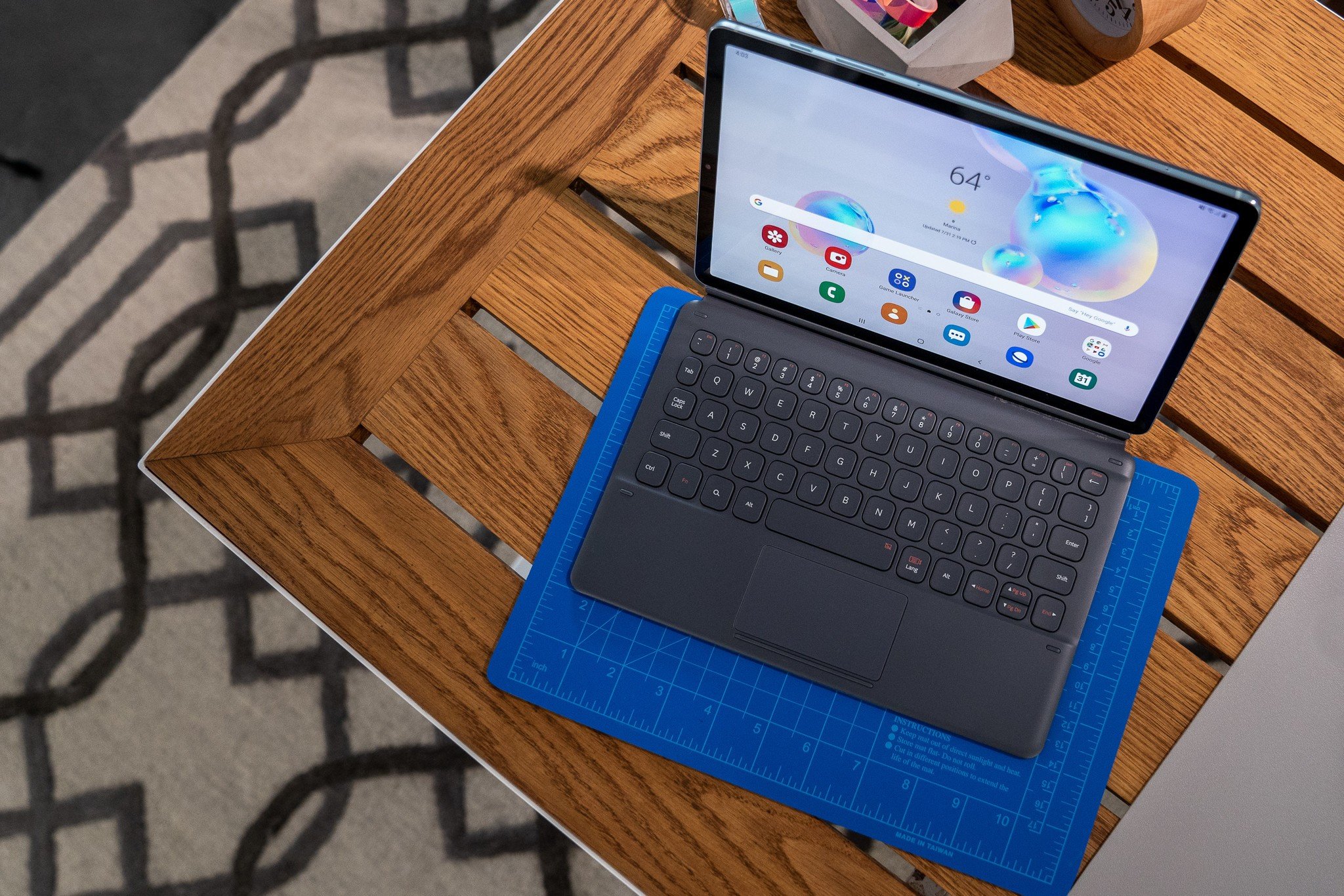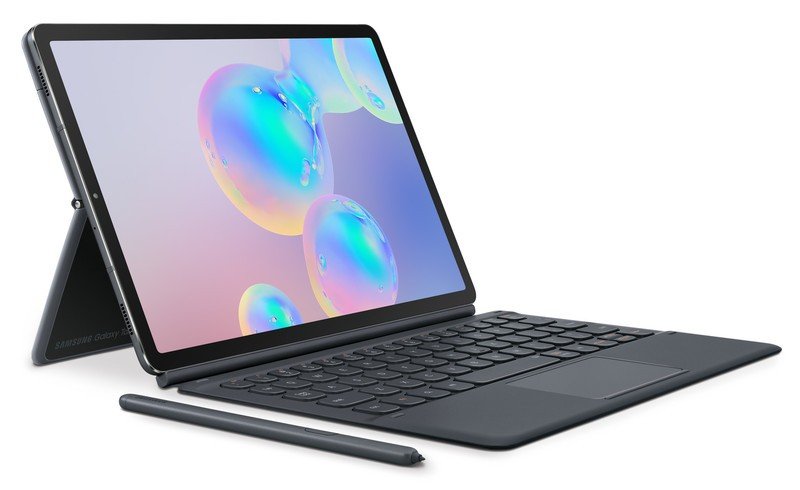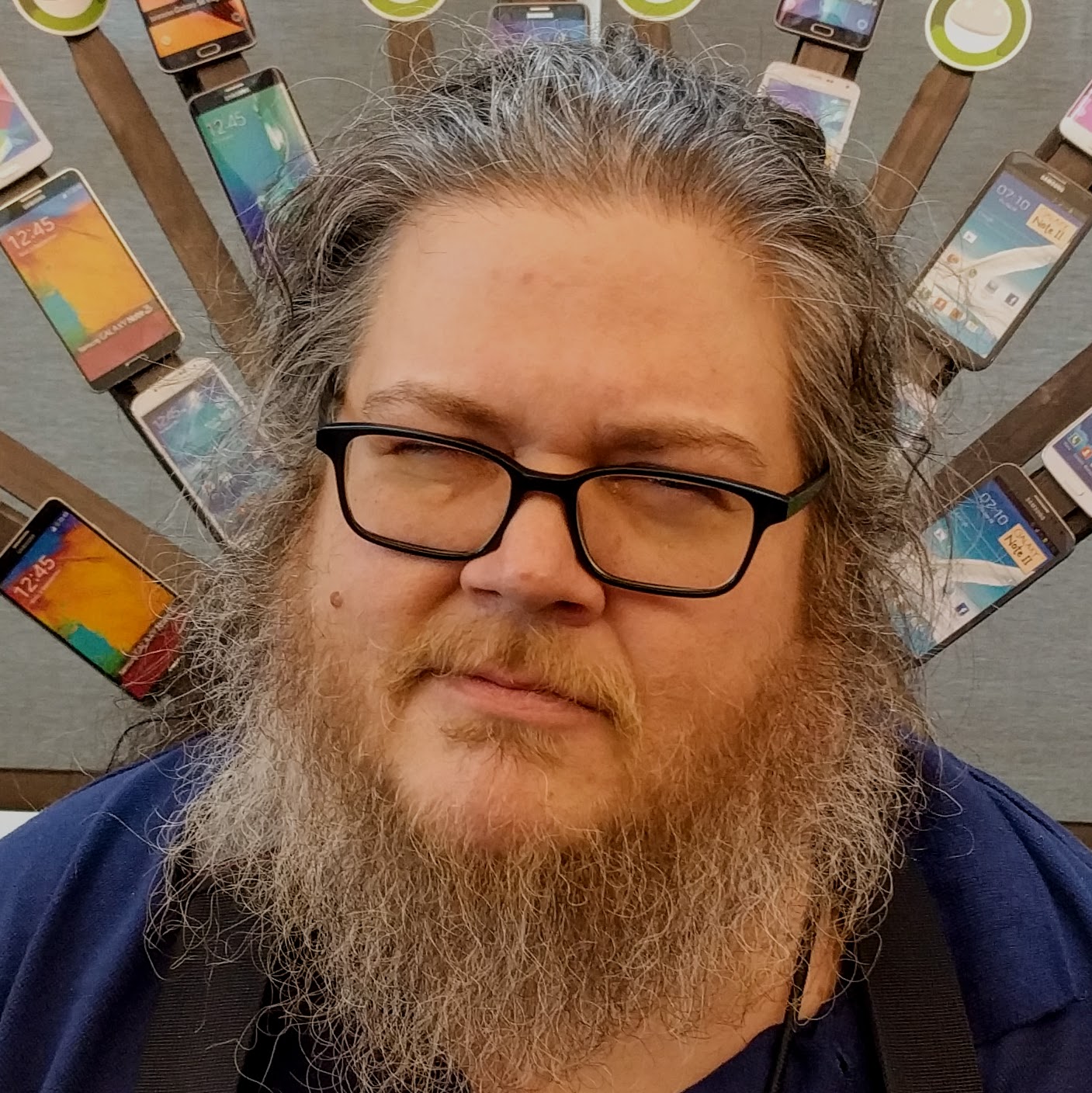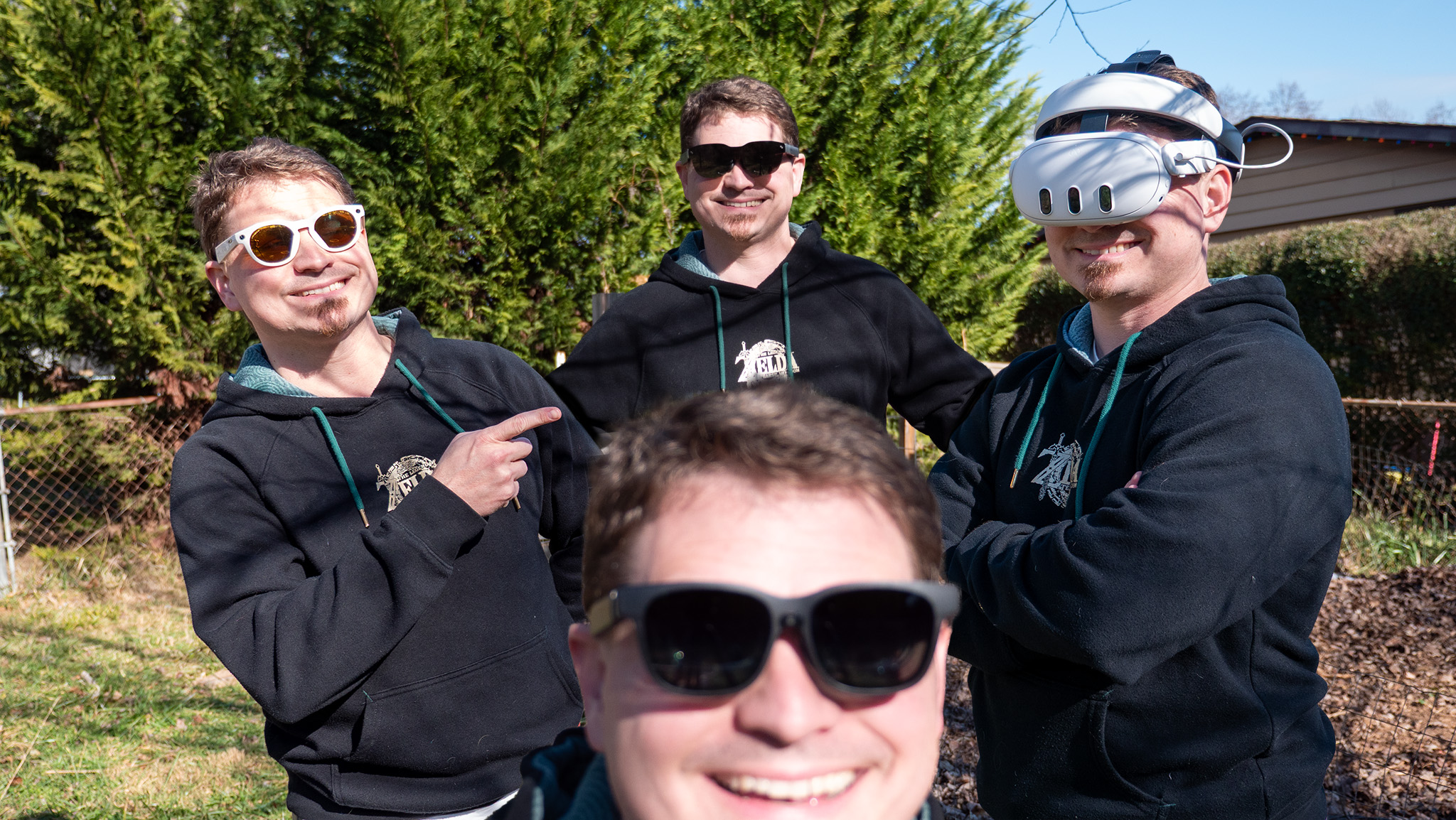It's almost unfair how good Samsung's displays are

Samsung sent me a Galaxy Tab S6 to review. That's cool; I haven't had a good look at an Android tablet that wasn't a Chromebook in a long while, and I'm a sucker for the S Pen when I get a little chemistry in me and want to doodle. After about five minutes of looking at it, I realized something: Samsung displays are so good and so far ahead of every other brand that other companies might as well stop trying.
OK, so they shouldn't really stop trying because the competition is why Samsung displays are so good. But I'm totally not spending money on any gadget unless it has a great display and right now that means Samsung. And it has meant Samsung for a long time.
When it comes to small-factor displays, Samsung has always been great at making them.
Outside of televisions — I still miss my LG OLED that ended up with a piece of mahogany board wedged inside its screen — you'll find that any device where users and reviewers rave over how great the display is are all using Samsung to deliver that experience. A look at the Tab S6's 1600 x 2560 Super AMOLED display is the cherry on top and I don't think I've ever seen a screen this great. It's so good that I want to spend my own money on one, and I'm not a tablet guy.
I started looking at the electronics I have here that I think have amazing screens, and guess what? All use a Samsung OLED panel of some sort. The Pixelbook, the Pixel 3, the HP Chromebook X2, and of course a couple of Samsung Galaxy phones stand out, at least in part, because of their screens. Other products might have good displays that serve their purpose and do a fine job, but when it comes to screens that pop and grab my eyes, it's Samsung or nothing. There's a good reason, too.
Samsung realized years ago that it could manufacture a great OLED display for its own use and that eventually, the market would realize that a high-quality screen was something consumers wanted. A few other companies make small form-factor displays, too, notably LG and Sony. These companies have continued to get better and better at making displays every year, too. But so has Samsung. Samsung started out as being the best and until we see an evolutionary leap or Samsung stops trying, it will continue to be. Even Apple finally caved and uses a Samsung OLED panel in it's top-tier iPhone.
A lot of factors are involved when it comes to any product being good or great or even bad. But the screen is what we see and interact with every single time we use them and it has to be as close to perfect as it can be. Samsung's doing just that and probably will be doing it for a long time.

With a Snapdragon 855 processor, DeX 2.0 support, and a versatile S Pen, the Samsung Galaxy Tab S6 is a great Android tablet. The display makes it the best Android tablet.
Get the latest news from Android Central, your trusted companion in the world of Android

Jerry is an amateur woodworker and struggling shade tree mechanic. There's nothing he can't take apart, but many things he can't reassemble. You'll find him writing and speaking his loud opinion on Android Central and occasionally on Threads.
